Grafton founders scoop another of architecture’s great honours
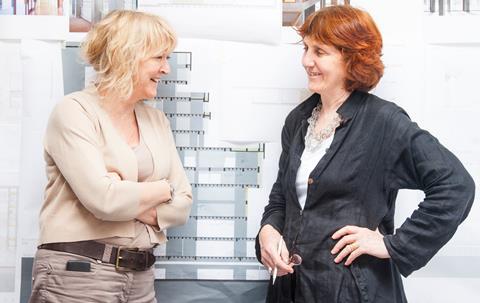
Yvonne Farrell and Shelley McNamara have been awarded the 2020 Pritzker Prize, hot on the heels of receiving RIBA’s Royal Gold Medal last month.
The news was announced by Martha Thorne, the prize’s executive director and dean of the IE architecture school in Madrid, in a live social media broadcast on Facebook and Instagram this afternoon.
The pair are only the third and fourth women to have won in the prize’s 42-year-history.
Zaha Hadid won in 2004, and Sanaa’s Kazuyo Sejima won with her professional partner Ryue Nishizawa in 2010.
>> Also read Building Design’s exclusive interview: ‘Architects are rarely at the table when crucial decisions are being made’
>> Also read: Building Study: Town House, Kingston University, by Grafton Architects
The first question Thorne was asked via social media was what today’s news means for women architects.
She responded: “This is very important for women architects, not only because it’s the Pritzker Architecture Prize but for the reasons the jury has selected them. This idea of collaboration which makes the present and future of architecture, and for the way they have conducted their practice with such integrity and commitment to both the architecture and communities in which they practise.
“We can say they are beacons and great role models. Having people like this will impel other women to continue with their professional careers and to aspire to the great things we see in the architecture of Shelley and Yvonne.”

Farrell said: “Architecture could be described as one of the most complex and important cultural activities on the planet. To be an architect is an enormous privilege. To win this prize is a wonderful endorsement of our belief in architecture. Thank you for this great honour.”
Farrell and McNamara are the 47th and 48th Pritzker laureates and the first two recipients from Ireland.
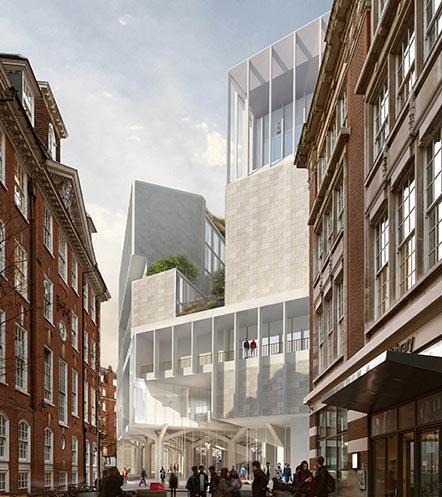
The pair established Grafton Architects in 1978 in Dublin, where they continue to practise. In just over 40 years they have completed nearly as many projects, in Ireland, the United Kingdom, France, Italy and Peru.
Their first UK project, Kingston University’s Town House, completed this year. They have two other projects in the capital underway: the LSE’s Paul Marshall building which is currently under construction and a scheme for Selfridges across the road from the flagship department store.
Jury members
Stephen Breyer, Chair
André Aranha Corrêa do Lago
Barry Bergdoll
Deborah Berke
Sejima Kazuyo
Benedetta Tagliabue
Wang Shu
Martha Thorne

The jury citation
Yvonne Farrell and Shelley McNamara have practiced architecture together for forty years in a way that clearly reflects the objectives of the Pritzker Prize: to recognize the art of architecture and consistent service to humanity as evidenced through a body of built work.
Co-founding their professional practice, called Grafton Architects, in Dublin, Ireland in 1978, they have consistently and unhesitatingly pursued the highest quality of architecture for the specific location in which it was to be built, the functions it would house and especially for the people who would inhabit and use their buildings and spaces. They have an oeuvre that includes numerous educational buildings, housing and cultural and civic institutions. Pioneers in a field that has traditionally been and still is a male-dominated profession, they are also beacons to others as they forge their exemplary professional path.
Many of their buildings are located in their home country of Ireland, but through competitions, they have won major commissions for other places around the world, such as Italy, France and Peru. With a profound understanding of place gained through their research, keen powers of observation, open and ever curious explorations and deep respect for culture and context, Farrell and McNamara are able to make their buildings respond to a setting and city most appropriately, while still being fresh and modern. This deep understanding of “spirit of place” means that their works enhance and improve the local community. Their buildings are “good neighbors” that seek to make a contribution beyond the boundaries of the building and to make a city work better. Their North King Street Housing in Dublin (2000) is one example of this: it creates an inner courtyard and a welcome respite from the adjacent busy streets.
Their approach to architecture is always honest, revealing an understanding of the processes of design and construction from large scale structures to the smallest details. It is often in these details, especially in buildings with modest budgets, where a big impact can be felt. For example, the Urban Institute of Ireland (Dublin, 2002) employs what the architects call a “crafted skin” to create a visually interesting building through changes in materials responding to openings, folds, needs for shade and other concerns. At the same time, it employs common sense, good-practice environmental control methodologies for an efficient, sustainable building. On a particularly sensitive site in Dublin, the masterful Offices for the Department of Finance (2009) attests to their knowledge and care in the selection of materials and construction techniques with a carefully handcrafted bronze railing and gate and sanded limestone on the facades.
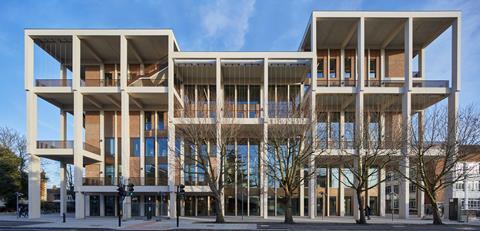
The architects are skilled and successful working at many scales—from large institutional buildings to a house of only a little more than 100 square meters. Without grand or frivolous gestures, they have managed to create buildings that are monumental institutional presences when appropriate, but even so they are zoned and detailed in such a way as to produce more intimate spaces that create community within. In their large buildings such as the University Campus UTEC (2015) in Lima, Peru or the School of Economics Building (2008) at Universita Luigi Bocconi, they have achieved a human scale through the composition of spaces and volumes of different sizes. The dialogues they create between buildings and surroundings demonstrate a new appreciation of both their works and place.
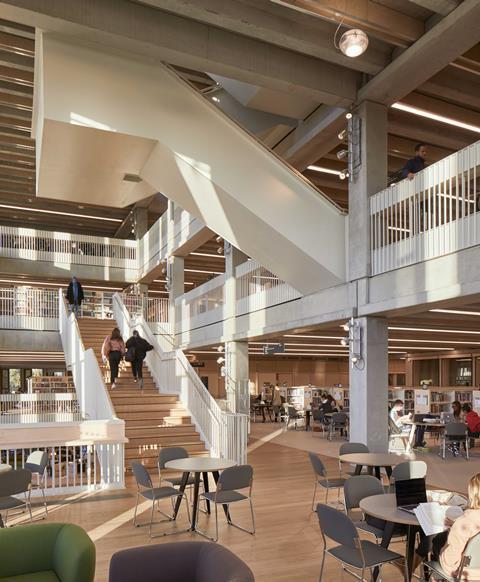
A constant in their approach, the architects have an understanding of how to design complex sections of buildings in such a way that views connect deep interior spaces with the larger exterior realm and allow natural light to penetrate and animate spaces deep inside a building. Often light streams from skylights or upper story windows throughout the interiors of their buildings, providing warmth and visual interest, helping the inhabitants easily orient themselves in the spaces, and providing the ever necessary connection to the exterior.
For their integrity in their approach to both their buildings, as well as the way they conduct their practice, their belief in collaboration, their generosity towards their colleagues, especially as evidenced in such events as the 2018 Venice Biennale, their unceasing commitment to excellence in architecture, their responsible attitude toward the environment, their ability to be cosmopolitan while embracing the uniqueness of each place in which they work, for all these reasons and more, Yvonne Farrell and Shelley McNamara are awarded the 2020 Pritzker Architecture Prize.



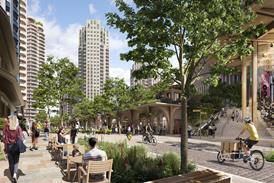

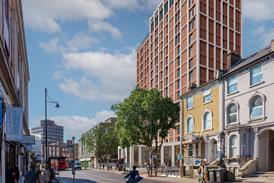










No comments yet